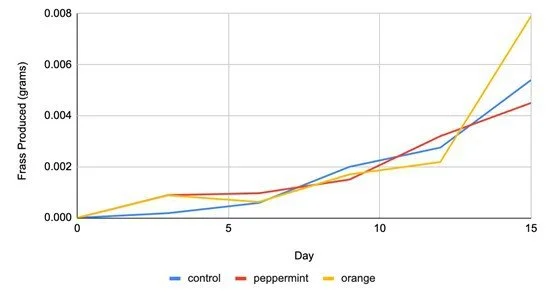AI’s potential is praised for its capacity to address the scarcity of mental health services and enable more widespread accessibility to healthcare while, in turn, mitigating the risk of burnout among providers. Recent developments have proven AI to be promising in the diagnosis, treatment, and therapy of mental health disorders, with many hailing it as the potential solution to our mental health epidemic. Its potential is so promising that professionals worldwide have already begun implementing it into practice. Nevertheless, there are ethical and societal implications to be considered when we start relying on technology to help us with the one thing it lacks, emotion.
Does Energy From The Air Spell The Future of Sustainability?
We’ve all seen lightning streak through the sky on a stormy night. What we may not know is how that lightning works. In short, the lightning that we see is the product of an electrical charge generated by the water molecules present in the fluffy, white clouds in the sky. What makes it special, though, is that these same water molecules present in humidity are now being explored to harness their conductive capabilities as a potential source of clean energy for the future.
New research suggests potential for repurposing canagliflozin, an anti-diabetic drug, for autoimmune disorders
T cells, a component of the adaptive immune system, are involved in autoimmune diseases. Accumulating evidence points to dysregulated T cell metabolism in autoimmune disorders such as systemic lupus erythematosus (SLE) and rheumatoid arthritis (RA) patients. In the July issue of Cell Metabolism, Jenkins and colleagues investigated the effects of SGLT2 inhibitors on T cell function by assessing the levels of inflammatory molecules released, changes in proliferation, gene expression, and metabolism of T cells.
A Recently Discovered Cell Protein May Hold The Cure to Aging
In a groundbreaking discovery at The University of Queensland, Associate Professor Steven Zuryn and Dr. Michael Dai have uncovered a clue hidden within the intricate web of our cellular machinery in their manuscript “ATFS-1 counteracts mitochondrial DNA damage by promoting repair over transcription” published in the journal Nature Cell Biology. Meet ATSF-1, the newfound protein protagonist in the story of extending the human lifespan.
From Salt to Solidarity: The Global Language of Collaboration
Recently, a study conducted by researchers from UCLA, Australia, Ecuador, Germany, the Netherlands, and the U.K. examined the universality of cooperation. The study's findings, published in the scientific journal "Reports," challenge previous research that proposed cultural differences in behaviors. Contrary to the previous belief that cultures strongly influence levels of cooperation, the study suggests something unexpected—a surprising similarity in universal collaboration. The study aims to explore the human capacity for collaboration while attempting to answer the question, "to what extent are everyday cooperative events organized by common principles and to what extent do they vary across human groups?"
The Association Between Olfactory Stimulation and Frass Production in Banded Crickets, Gryllodes sigillatus
Our goal in this study was to examine the effects of odor on frass, or feces, production in crickets. Cricket frass contains nutrients that can serve as a fertilizer for soil, so we were interested in determining if there is a way to increase frass production. The results of our study showed that neither the sweet orange nor peppermint scent increased frass production among the crickets. The findings of this study may be significant for commercial cricket vendors, as these companies could generate income from frass converted to fertilizer instead of sending it to waste.






